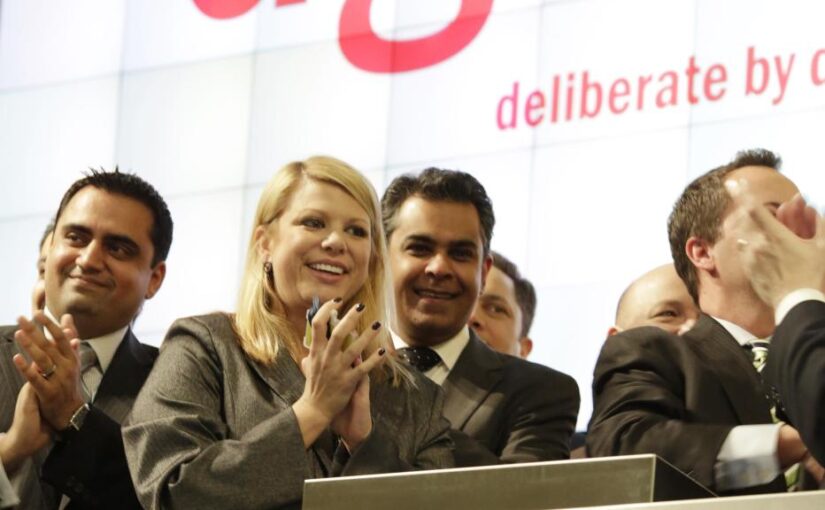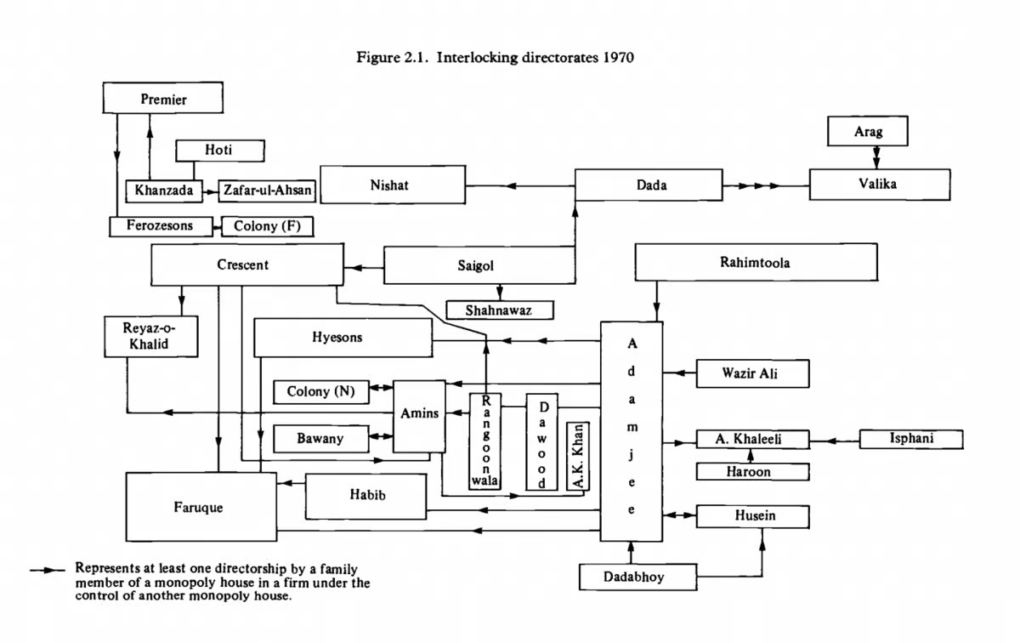In Pakistan’s booming IT sector, a troubling narrative has emerged: large outsourcing firms, while channeling profits through tax-optimized foreign subsidiaries, are pushing to dismantle the tax incentives that empower the country’s freelancers. These companies argue that their locally taxed employees face an unfair burden compared to freelancers, who benefit from a 0.25-1% tax rate on offshore income. Yet, this stance ignores the stark reality of freelancing a self-reliant, high-risk endeavor that drives Pakistan’s digital economy without the safety nets or state support enjoyed by corporate players. Freelancers, often mislabeled as mere remote workers, operate without job security, health insurance, or government-backed protections, funding their own infrastructure and navigating volatile global markets to secure contracts. With Pakistan’s freelance workforce ranking among the world’s largest, contributing $400 million in foreign exchange in just nine months of FY25, their low tax rate is a lifeline, not a loophole. Imagine a scenario in a country like ours with an immense youth bulge where you decide to make the economic prospects even worse. In a country where most of these free lancers are self taught, what are the other economic pathways for them to monetize their skills, passion and ability to scale. At Saith owned tech firms and sweat shops masquerading as a panacea for tech employment? Our focus should be to create independent young people with the ability to be entrepreneurs vs pushing them in the mold of inflexible pay and time commitment working for soon-to-be-left behind body shops and mostly tech-integrators, vs self navigating the fortunes in emerging tech like AI and ML.
This post aims to highlight the industry’s shortsighted push to tax freelancers at standard rates (5-35%), exposing how it threatens innovation, stifles economic growth, and undermines the very ecosystem that makes Pakistan a global IT contender. These companies forget, that they can pay a “fairer wage” and fix the alleged discrepancy vs maximizing their own profits. Most have not innovated their business models and becoming non-competitive in a world moving towards AI. This is their final cry for protectionism and subsidies much like the textile barons of an era gone by.
The Tax Disparity: Freelancers vs. Corporate Employees
Pakistan’s IT sector has seen remarkable growth, with IT exports reaching $3 billion in FY21-22, driven by both corporate firms and freelancers [1]. Freelancers exporting IT and IT-enabled services benefit from a final tax rate of 0.25% (for those registered with the Pakistan Software Export Board, PSEB) or 1% (for non-PSEB freelancers) under Section 154 of the Income Tax Ordinance, 2001, provided at least 80% of their earnings are remitted through banking channels [2]. This incentive, valid until June 30, 2026, encourages foreign exchange inflows and formalizes income through simplified tax filing processes [3]. In contrast, locally employed software developers for companies that exclusively export IT Services, typically salaried employees in corporate IT firms are taxed under standard income tax slabs ranging from 0% to 35%, depending on income.
Large outsourcing firms, through industry associations , argue that this tax gap disadvantages their employees, who face higher effective tax rates compared to freelancers earning similar incomes [5]. They claim freelancers, often misclassified as “remote workers,” exploit these exemptions, undermining corporate competitiveness. However, this argument overlooks critical differences in the operational realities of freelancers versus corporate employees, as well as the tax-optimization strategies employed by these firms themselves.
Broad Sources based on on online bread crumbs. If I missed some thing don’t come at me:)
- Pakistan Software Export Board (PSEB), IT Export Data.
- Federal Board of Revenue (FBR), Income Tax Ordinance, 2001, Section 154.
- FBR Clarifies News Item Captioned “IT Industry Abandoned in the Budget 2022-23
- FBR Income Tax Slabs, Tax Year 2025-26.
- P@SHA Press Release, “Tax Disparity Concerns,”
Freelancers: The Unsung Heroes of Pakistan’s Digital Economy
Pakistan boasts the world’s fifth-largest freelance workforce, with 2.37 million freelancers contributing approximately $400 million in foreign exchange in the first nine months of FY25 [6]. These individuals operate on global platforms like Upwork, Fiverr, etc offering services such as software development, graphic design, and digital marketing, ML/AI services and many more emerging technologies. Unlike corporate employees, freelancers are entirely self-reliant, facing unique challenges that justify their tax incentives:
No State Support: Freelancers receive minimal government assistance. They must independently secure clients, often competing with global talent on price and quality. Unlike corporate firms, which benefit from state-backed Special Technology Zones (STZs) offering tax holidays and infrastructure support, freelancers rely on personal resources [7].
Self-Funded Infrastructure: Freelancers bear all costs for equipment, high-speed internet, software licenses, and workspaces. For example, a reliable internet connection in Pakistan can cost PKR 2,500-5,000 monthly, a significant expense for individuals [8].
Platform Fees and Financial Risks: Freelancers pay platform fees of 10-20% on earnings, reducing their net income before taxes [9]. They also face payment disputes, client defaults, and currency fluctuation risks without institutional backing. They also face a broken last mile in banking to get their funds back home paying any where from 10 to 30% in managing those complexities and then dealing with local banks and tax man to justify what they do is Tech enabled.
No Job Security or Benefits: Unlike corporate employees, freelancers lack job security, health insurance, paid leave, or pension plans. They must self-fund any safety nets, making their low tax rate critical to financial viability.
Global Market Pressures: Freelancers compete in a hyper-competitive global market, where Pakistan’s low cost of living is a key advantage. Higher taxes would erode this edge, pushing clients to cheaper markets like Bangladesh or India [10]. Plus they self train, they learn new technologies and offer innovative services and skills in a global market place where it is sought after.
The Pakistan Freelancers Association (PAFLA) estimates that doubling the freelance workforce could generate over $1 billion annually in remittances, a goal achievable only with continued tax incentives . Taxing freelancers at standard rates (5-35%) would reduce their competitiveness, discourage remittances, and risk pushing earnings into the informal economy, undermining Pakistan’s economic documentation efforts.
Sources: 6. Oxford Internet Institute, Online Labour Index. 7. Special Technology Zones Authority (STZA), Incentives Framework, 2023. 8. Pakistan Telecommunication Authority (PTA), Broadband Pricing Report, 2024. 9. Upwork Fee Structure, 2025. 10. World Bank, Global Freelancing Trends, 2024.
The Hypocrisy of Large Outsourcing Firms
While large outsourcing firms decry the tax disparity, many operate fully owned foreign subsidiaries in the U.S., U.K., UAE, and other regions to optimize their tax obligations. These subsidiaries bill international clients, retaining significant revenue offshore to fund operations, marketing, or reinvestment, thereby minimizing exposure to Pakistan’s 21-29% corporate tax rates . Pakistan’s Controlled Foreign Company (CFC) regulations under Section 109A aim to tax non-active income from such entities, but enforcement remains weak, with an estimated $350 billion in untaxed offshore wealth linked to Pakistani entities(based on pandora papers and not just for the IT Sector alone). These firms repatriate only enough income to qualify for the 0.25-1% export tax rate, mirroring the freelancer incentives they criticize. Some even pay their own employees as freelancers and have been doing so since the inception of the tax benefits.
This practice highlights a double standard: corporate firms leverage offshore structures to reduce tax liabilities, yet advocate for taxing freelancers at higher rates to “level the playing field.” Such a stance is not only inconsistent but also ignores the broader contributions of freelancers to Pakistan’s economy. For instance, freelancers’ remittances bolster foreign exchange reserves, Corporate firms, by contrast, often retain profits abroad, contributing less to immediate reserve growth. They also make investments in other tech businesses that create operating subsidiaries outside of Pakistan where they hire employees directly competing with Pakistani talent.
Moreover, some of these firms engage in practices that undermine their moral high ground:
Wage Exploitation: They pay Pakistani employees significantly less than the international rates charged to clients, pocketing large margins. Thus fear their employees will leave for better prospects. They make this about wage parity vs corporate greed.
Lobbying for Exclusive Incentives: Large firms secure tax exemptions through STZs and other government programs, benefits rarely extended to freelancers or smaller firms.
Misclassification of Workers: Some firms mislabel employees as freelancers to evade payroll taxes, exploiting the same tax incentives they criticize for years the industry bodies know about it, but have you ever seen a press release decrying that or asking their members to not follow the practice?
Why Taxing Freelancers Is a Losing Proposition
Increasing freelancers’ taxes to match corporate employees’ rates (5-35%) would have severe consequences for Pakistan’s economy and IT sector:
- Reduced Competitiveness: Higher taxes would erode freelancers’ price advantage, pushing clients to cheaper markets. Bangladesh, for example, offers tax holidays for freelancers, attracting global clients.
- Brain Drain: Skilled freelancers may relocate to countries with favorable tax regimes, exacerbating Pakistan’s brain drain, with 20,000 IT professionals leaving annually.
- Informal Economy Growth: Higher taxes could drive freelancers to retain earnings in offshore accounts or operate informally, reducing transparency and tax revenue.
- Stifled Innovation: Freelancers drive innovation through agile, specialized services. Taxing them heavily would discourage new entrants, limiting the sector’s growth potential. Also killing prospects for the youth in this country.
- Economic Impact: Freelancers’ $400 million in remittances supports Pakistan’s balance of payments. Higher taxes could halve these inflows, straining reserves.
Instead of taxing freelancers, the government should focus on:
- Strengthening CFC enforcement to ensure corporate firms repatriate more income.
- Streamlining corporate tax processes to reduce compliance costs.
- Expanding STZ-like incentives to include freelancers and small firms.
- Investing in digital infrastructure to support freelancers’ global competitiveness.
- Discuss domestic Wage Parity
Pakistan’s freelancers are the backbone of its digital economy, driving innovation, remittances, and global competitiveness without state support or corporate safety nets. Large outsourcing firms, while benefiting from tax-optimized foreign subsidiaries, unfairly target freelancers’ low tax rates, ignoring their own tax-avoidance practices. Increasing freelancers’ taxes would stifle a thriving sector, push talent abroad, and undermine Pakistan’s economic goals. The government must reject this shortsighted industry push and instead foster collaboration between freelancers and firms, ensuring a balanced, inclusive IT ecosystem that propels Pakistan onto the global stage.













